- JST Home
- /
- Strategic Basic Research Programs
- /
 PRESTO
PRESTO- /
- project/
- Development of Basic Material Conversion Science for Global Environment/
- [Material Conversion] Year Started : 2022
[Material Conversion] Year Started : 2022
Tatsuya Uchida
Development of Catalytic Oxidative Zero-emission Material Transformation
Grant No.:JPMJPR2271
Researcher
Tatsuya Uchida
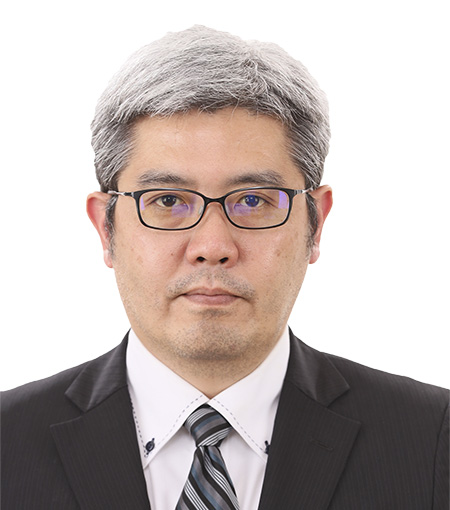
Associate Professor
Faculty of Arts and Science
Kyushu University
Outline
Molecular oxygen (O2) is an ideal and most atom-economic oxidant on the earth. If that both oxygen atom can be transferred to target molecule. However, it is still difficult to activate O2 and to use the two oxygen atom for the oxygenation in stereo- and chemo-selective manner. This project aims to develop the construction of a practical catalytic system for the chemo-, site-, and stereoselective oxygenation using O2 as the terminal oxidant and a breakthrough a zero-emission oxidative material transformation.
Hajime Ohno
Evaluation and Directing Platform for Innovative Recycling technologies with focusing on Sorting and Recycling Nexus toward Formation of Carbon Circulation
Grant No.:JPMJPR2272
Researcher
Hajime Ohno
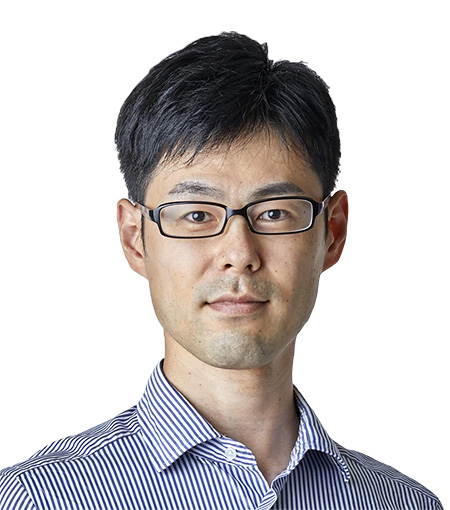
Associate Professor
Graduate School of Environmental Studies
Tohoku University
Outline
Call for a circular economy formation achieving net-zero greenhouse gas emissions and fossil fuel phase-out activates the development of technologies converting wastes and biomass to feedstocks. Such novel conversion processes tend to be developed as if almost perfect pretreatments (e.g., separation and sorting) are available while it is almost impossible. Considering synergetic combinations of pretreatments and conversion processes is indispensable in this circumstance. This project aims to accelerate technologies’ rapid development and implementation by developing an evaluation and directing platform suggesting choice and integration of promising conversion and pretreatment technologies by focusing on the nexus of sorting and recycling, dealing with plastics waste recycling toward carbon circulation as an example.
Takaya Ogawa
H+ selective conducting membrane for NH3 electrochemical synthesis and techno-economic analysis
Grant No.:JPMJPR2273
Researcher
Takaya Ogawa

Associate Professor
Graduate School of Energy Science
Kyoto University
Outline
We will fabricate develop an electrolyte membrane that selectively conducts only protons. Based on the membrane, we aim to establish the electrochemical ammonia synthesis method with a high selectivity and reactive catalysts. In addition, we will analyze its economics, repeatedly provide the feedback to the development side, and finally establish an economically feasible method of ammonia synthesis.
Akichika Kumatani
Nanoscale Electrochemical Microscopy combined with Raman Scattering for In-operando Analysis
Grant No.:JPMJPR2274
Researcher
Akichika Kumatani
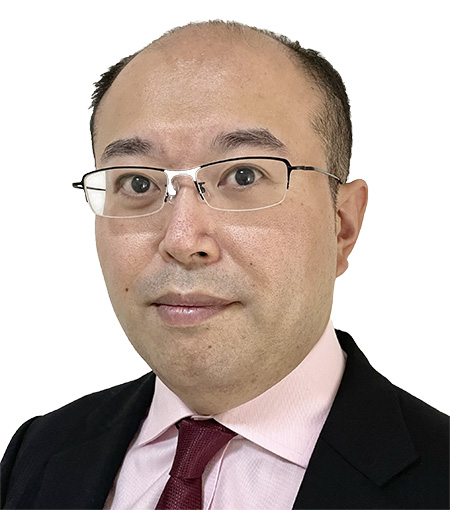
Professor
Faculty of Engineering
Chiba Institute of Technology
Outline
In this research, a novel in-operando microscopy that can simultaneously measure nanoscale electrochemical reaction and Raman scattering. Through the development of this microscopy, a variety of ion-mediated electrochemical reaction with spectroscopic properties in nanometer-scale region will be quantitatively visualized and evaluated for green materials, such as electrodes/electrolyte in secondary batteries and catalysts. By utilizing this microscopy, it is aimed to elucidate the material conversion mechanisms and to identify the factors that lead to the emergence of functionalities.
Shunsuke Shiba
High-rate electrolysis of CO2 nanobubbles to ethanol
Grant No.:JPMJPR2275
Researcher
Shunsuke Shiba
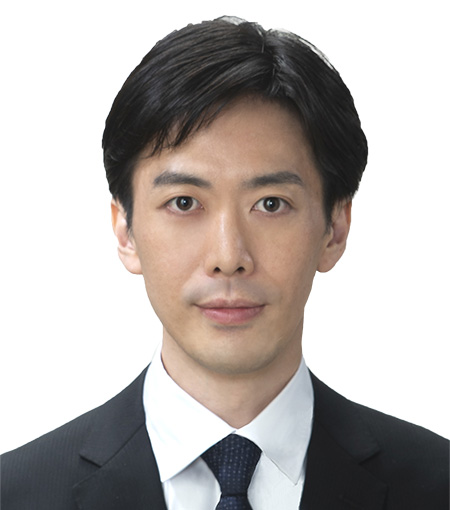
PRESTO Individual Researcher, Japan Science and Technology Agency
Outline
I’m planning to develop metallic nanoparticles embedded carbon paper electrocatalysts which allow high-rate electroreduction of CO2 nanobubbles to ethanol. The electrocatalysts will be fabricated by co-sputtering deposition of carbon and metal on a commercial carbon paper. In addition, the fabricated electrocatalysts are treated by gaseous plasma for carbon surface termination enhance CO2 nanobubble electroreduction. The goal of this research is to realize CO2 nanobubble reduction to ethanol with high faradaic efficiency (>90%) and high turnover rate (>1 A/cm2) .
Hiroki Nagashima
Development of DNP surface-enhanced NMR spectroscopy for heterogeneous catalysts
Grant No.:JPMJPR2276
Researcher
Hiroki Nagashima
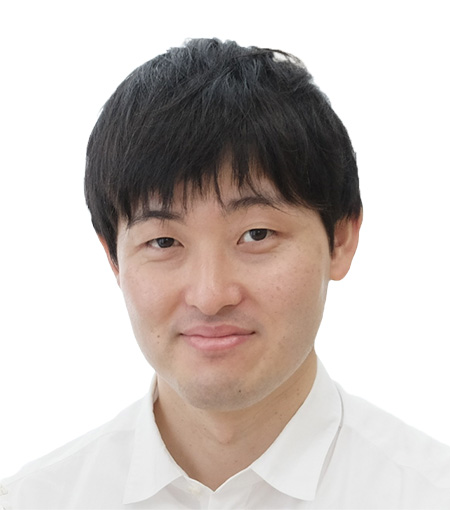
Senior researcher
Department of Materials and Chemistry, Catalytic Chemistry Research Institute
National Institute of Advanced Industrial Science and Technology
Outline
Nanomaterials composed of metal oxides, sulfides, nitrides are widely used as heterogeneous catalysts and will continue to be an key materials for developing a sustainable society. In order to rationally design innovative heterogeneous catalysts, the atomic level structural analysis is required to understand the surface structure. This project will develop DNP surface-enhanced NMR spectroscopy that can selectively analyze these surfaces, and aim to create a new solid-state DNP-NMR methods along this purpose.
Yuki Naganawa
Chemical Upcycling of Phosphoric Acids and Phosphates
Grant No.:JPMJPR2277
Researcher
Yuki Naganawa
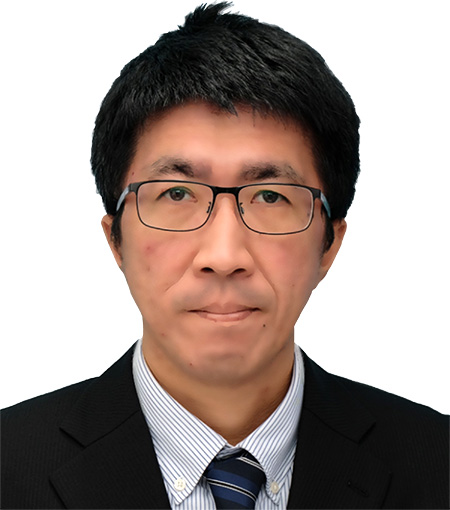
Group Leader
Department of Materials and Chemistry, Research Institute for Chemical Process Technology
National Institute of Advanced Industrial Science and Technology
Outline
Phosphorus are widely utilized from agriculture to industry as well as essential for life. The production of phosphorus-containing chemicals depends on a stable supply of phosphate rock, a non-renewable natural resource. Hence, phosphorus recovery and recycling are highly significant in terms of not only a resource risk avoidance but also a sustainable global environment. In this project, the challenge is to create new supply chains by transforming phosphorus recovered from wastes such as sewage sludge, ashes, manures and biowastes into highly valued chemical products to circulate phosphorus recovery and recycling operations to upstream industries.
Shoma Fujii
Development of prospective lifecycle design and assessment method with seamless analysis from nano to kilo level researches
Grant No.:JPMJPR2278
Researcher
Shoma Fujii

Project Associate Professor
Institute for Future Initiatives
The University of Tokyo
Outline
Using resource circulation through thermal energy storage system as a case study, the methodology of “prospective LC (life cycle) design and assessment method” to accelerate social implementation of emerging technologies will be demonstrated and established.The scale of research is divided into (1) nm to mm: materials, (2) mm to m: components, and (3) m to km: systems. Then, by repeating the process of forecasting, in which technological information is reflected in system evaluation, and back casting, in which life cycle thinking is used to provide feedback to the design of each technological development, the methodology will be demonstrated and established.
Harunobu Mitsunuma
Development of light promoted alkane metathesis reaction under mild conditions
Grant No.:JPMJPR2279
Researcher
Harunobu Mitsunuma
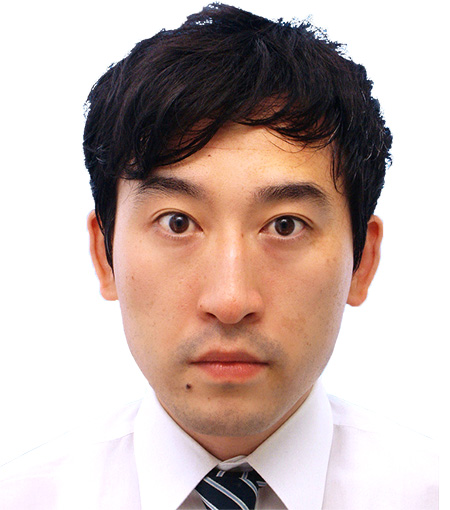
Assistant Professor
Graduate School of Pharmaceutical Sciences
The University of Tokyo
Outline
Toward the realization of carbon neutrality, there is an urgent need to develop efficient synthetic methods for the synthesis of longer-chain alkanes, which are major components of sustainable aviation fuels. In this study, we will develop a visible light-driven dehydrogenation catalyst based on the self-assembling system of donor and acceptor molecules to realize catalytic alkane metathesis reaction that proceeds under mild conditions. Development of this system will establish a highly efficient method to supply rare and valuable aviation fuel from lower alkanes, which are the main components of synthetic fuels.
Takafumi Yatabe
Development of Unprecedented Molecular Transformations to Break Away from Conventional Organic Synthesis by Hierarchical Design of Metal Nanocatalysts
Grant No.:JPMJPR227A
Researcher
Takafumi Yatabe

Lecturer
School of Engineering
The University of Tokyo
Outline
Based on hierarchical design of metal nanocatalysts with stepwise functional integration, I will develop environmentally benign unprecedented reactions to break away from conventional organic synthesis by utilizing the unique catalytic properties of heterogeneous catalysts, which are different from those of homogeneous catalysts. In particular, I will achieve ”highly selective and precise organic molecular transformations that do not rely on leaving groups, protecting groups, or stoichiometric reagents” and ”development of molecular transformations and selectivities that have not been realized by conventional homogeneous catalysts using novel active site structures” to establish organic synthesis in harmony with the global environment, and to construct new scientific principles for the development of novel organic reactions using heterogeneous catalysts.













